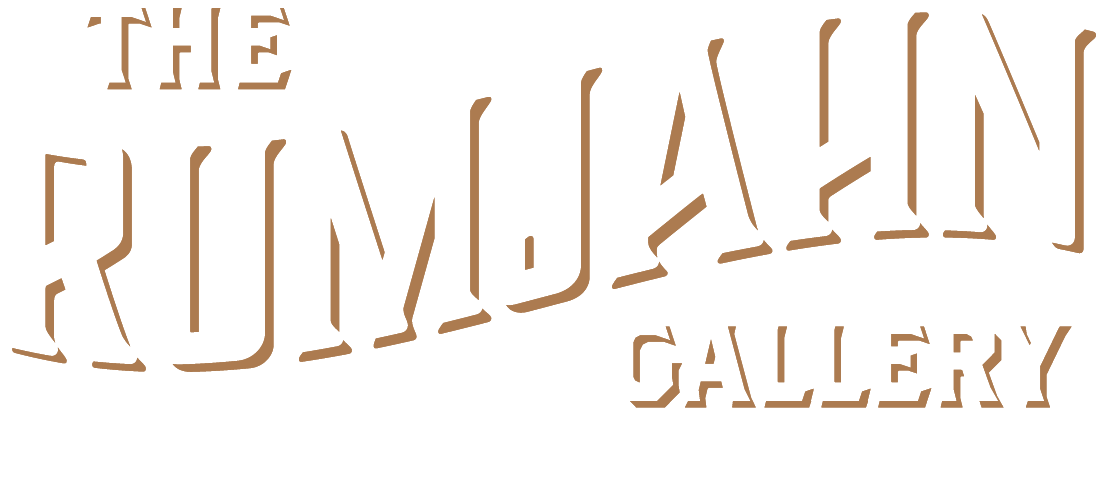What is Giclée Printing?
The Origin of Giclée
The term Giclée (pronounced Zhee’clay) came about when printmaker, Jack Duganne, decided he wanted to differentiate his high-quality fine art reproduction prints and lower-quality mass-produced prints. The term itself was coined in the early 1990s and was inspired by French words, le gicleur and la giclée, which mean nozzle and spray, respectively.
A Giclée is a fine art print created by an inkjet printer on fine art papers and must begin with a high-resolution image. An inkjet printer sprays tiny dots and overlays them in varying colors. The higher the resolution, the more dots and the clearer the image. You can think of this in a similar way to a television screen which shows pixels. The more pixels in the screen, the better the image quality. All Giclée prints require a minimum of 300 DPI (dots per inch).
It’s not just the resolution that determines a Giclée print. It is also the ink and paper quality. Giclée prints use pigment-based inks and must use archival papers that are lignin and acid-free. They also must be printed on a high quality large-format inkjet printer.
Because of the high quality of Giclée prints, they are a staple in many artists’ work, Galleries, and Museums.




